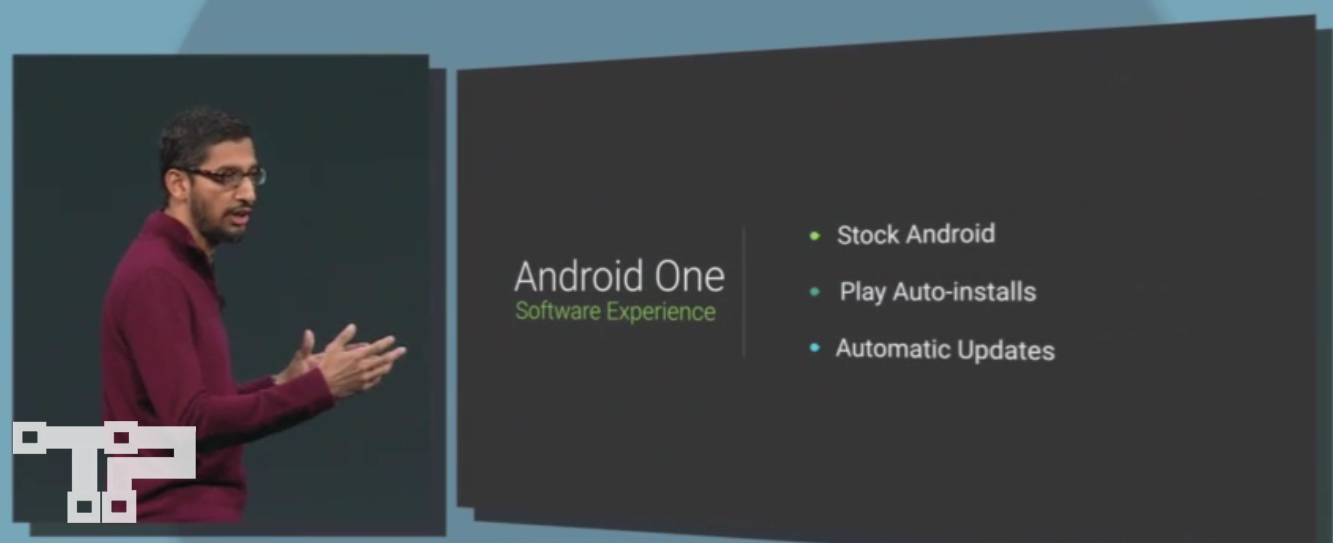Last year, when Google launched its ambitious Android One project, the company had one aim — to provide better mobile experiences to users in emerging markets, making smartphones more affordable. And while its India debut might have not been anywhere close to a success, the search giant is undeterred and is taking Android One to Africa.
Apart from that ‘smartphone in every hand’ vision, Google obviously also wanted to increase its marketshare (which generally hovers around 80 per cent marketshare globally) by targeting the so called ‘next 5 billion’ smartphone users.
The project, even after a rather dimmed response in India, later led to many OEMs to adopting the Android One approach in markets including Bangladesh, Nepal and Sri Lanka. OEMs making Android One devices there include Micromax, Karbonn and Spice.
Taking the project beyond South-Asia, the tech giant announced that the Android One program is all set to hit Africa. The continent will be getting its first Android One affordable smartphone in the form of Infinix HOT 2, manufactured by OEM Infinix. The phone is set to launch today in Nigeria with Egypt, Ghana, Ivory Coast, Kenya and Morocco getting the device “over the next few weeks”.
The new handset is based over a quad-core MediaTek processor with 1GB of RAM. You can get up to 2 GB of internal storage, too along with a dual-SIM card support, if that matters to you. The phone will run Android 5.1.1 Lollipop out of the box, which, Google says, provides up to 2x better performance and extended battery features.
Google has also promised an upgrade to Marshmallow once the new OS is out. Users will also get free updates via local mobile service provider MTN. It will be available in a range of colors: black, white, red, blue, and gold. The device will cost you an RRP of N17,500 (~$88).
A new update to the Google Search service is also underway for African users. The new streamlined version, the company says, has been tweaked for a faster experience on low RAM phones. The blog post announcing this new update reads:
Second, for people who already own a smartphone, we’re helping them get more for their MBs through a streamlined version of Google Search rolling out to devices worldwide and offering a faster experience on low RAM phones, such as those with 512MB. This feature can reduce data usage on the results page by up to 90%, while removing up to ⅓ of the time it takes to load results.
The final new addition in making Android a better experience for the folks of Africa is that YouTube offline will be available in Nigeria, Kenya, Ghana, and Egypt within the next few months. This feature, as we’ve already seen in India, allows you to store many of the videos on the YouTube app for up to 48 hours, so you can watch them later when your connection may be slow or non-existent.
Concluding the good news Google VP of product management, Caesar Sengupta writes:
Nearly one year ago, Google introduced the Android One program and YouTube Offline in India. Today, 6 countries in Africa — with combined populations of 379 million people — join the list of places where Android One phones are sold.
We’ve been thrilled by the progress and feel humbled by the work that’s left to do. But we look forward to continuing our work with partners to ensure that people have a great way to access the Internet, using it in ways that are relevant and useful.
The Tech Portal is published by Blue Box Media Private Limited. Our investors have no influence over our reporting. Read our full Ownership and Funding Disclosure →







